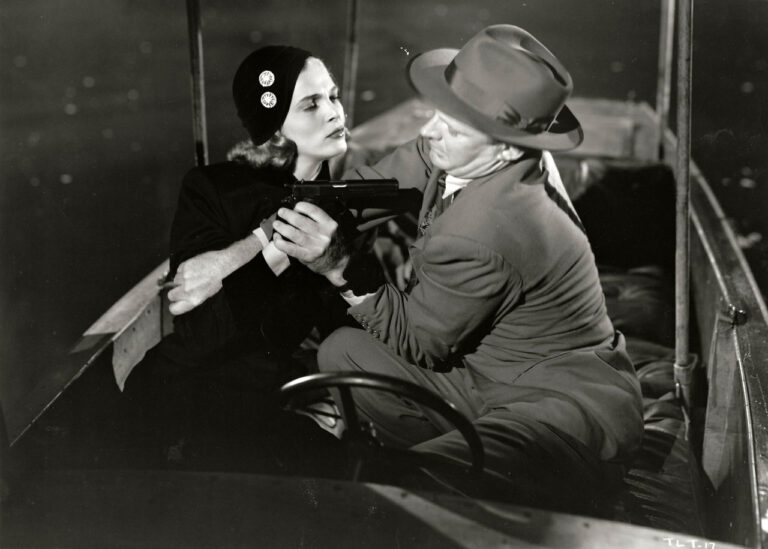Laughs in Translation
Recently, I was reading The Master and Margarita, Mikhail Bulgakov’s antic retelling of the stories of Faust and Pontius Pilot. The novel follows—in part—the devil and his deranged retinue, including a bipedal cat and a naked woman, as they wreak havoc on Moscow. The edition I own, translated by Diana Burgin and Katherine Tiernan O’Connor, is extensively end-noted, providing historical, political, and cultural background about the 1920s and ’30s in Russia. Still, I could feel myself missing things. Jokes in particular seemed to be flying around overhead. One end note even assured me, “this is a very funny acronym in Russian.”
I asked Marc Lowenthal, a translator of French and the publisher of the excellent Wakefield Press, which is devoted to works in translation, whether humor can make the transition over languages. He told me it can, absolutely. But, he said, “as with anything else—beauty, ideas, emotion—it often can’t be (and shouldn’t be) a seamless transition.”
Lowenthal illuminated my difficulty with Bulgakov, which was one of context. “The most-agreed on component to what makes humor work—the ‘incongruity theory,’ as derived from Kant and Schopenhauer—involves violating a working understanding of a “system” or a cultural norm,” he said. “If the reader doesn’t have a complete understanding of what that system or norm is, then they aren’t going to understand why other people are laughing.”
So context may be the main hurdle of humor in translation, but there are also the challenges of wordplay and idiom. “Puns and wordplay pose interesting problems for the translator: as they are by nature untranslatable,” said Lowenthal. “My approach is usually to find a point midway to work from. This is actually not dissimilar to what a translator faces when attempting to carry over a rhyme scheme in poetry from one language to another.”
A few months ago, I came across this play on words in Thomas Pynchon’s Bleeding Edge: “I’ve always depended on the kindness of stranglers.” I wondered if that could be translated without losing the stranger/strangler pun and also maintaining the Tennessee Williams reference that makes the joke. I wondered if such a pun could be translated without the help of a tedious end note.
Lowenthal said it’s sometimes just not worth it. “Explaining what has been lost through an end note seems so laborious a procedure for explaining a quick little side joke that I have occasionally sacrificed a few words for the sake of not being pedantic. When it comes to humor, everyone knows that if you have to explain the joke, you made a mistake telling it in the first place.”
It also may be that some languages have emotions, tones, sentiments—a je ne sais quois—that cannot fully be expressed in another language.There is a wonderful essay by Leonard Michaels published in the Threepenny Review about Yiddish, Michaels’ first language. It deals with, among other things, the singularity of Yiddish in expressing a certain deflated humor, which doesn’t precisely translate into English. This might be due, explains Michaels, to the fact that Yiddish has survived “for ten centuries the dispersion and murder of its speakers.”
He writes:
To some extent, my intuitions and my expression of thoughts remain basically Yiddish. I can say only approximately how this is true. For example this joke:
The rabbi says, “What’s green, hangs on the wall, and whistles?”
The student says, “I don’t know.”
The rabbi says, “A herring.”
The student says, “Maybe a herring could be green and hang on the wall, but it absolutely doesn’t whistle.”
The rabbi says, “So it doesn’t whistle.”
Michaels adds, “The joke is inherent in Yiddish, not any other language. It’s funny, and, like a story by Kafka, it isn’t funny.”


